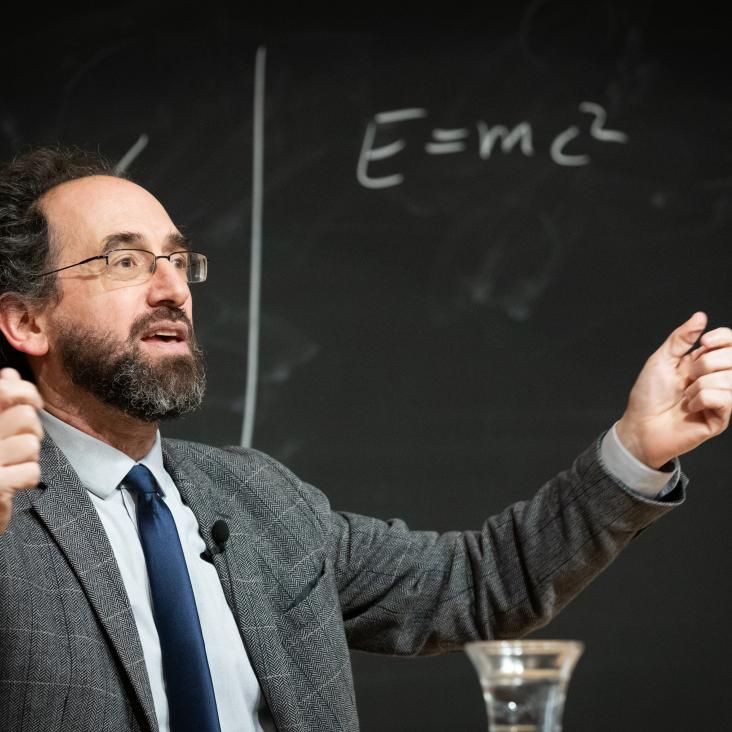Dynamics of in-plane charge separation front in 2D electron-hole gas
(2004)
Quantum and transport lifetimes in a tunable low-density AlGaN/GaN two-dimensional electron gas
Applied Physics Letters 85:22 (2004) 5278-5280
Abstract:
We experimentally determine the density dependence of the transport lifetime (τ t) obtained from low-field Hall measurements and the quantum lifetime (τ q) derived from analysis of the amplitude of Shubnikov-de Haas oscillations in a tunable high mobility two-dimensional electron gas (2DEG) in a Al 0.06Ga 0.94N/GaN heterostructure. Using an insulated gate structure, we are able to tune the 2DEG density from 2 × 10 11 to 2 × 10 12 cm -2, and thus, monitor the evolution of the scattering times in a single sample at T=0.3 K in a previously unexplored density regime. The transport lifetime τ t is a strong function of electron density, increasing from ∼2.7 ps at n e=2 × 10 11 cm -2 to ∼11 ps at n e= 1.75 × 10 12cm -2. Conversely, we find that the quantum scattering time τ q is relatively insensitive to changes in electron density over this range. The data suggest that dislocation scattering accounts for the density dependence of τ q as well as τ t in our low-density sample. © 2004 American Institute of Physics.Moving beyond a simple model of luminescence rings in quantum well structures
Journal of Physics Condensed Matter 16:35 (2004)
Abstract:
The dramatic appearance of luminescence rings with radius of several hundred microns in quantum well structures can be understood through a fairly simple nonlinear model of the diffusion and recombination of electrons and holes in a driven nonequilibrium system. The ring corresponds to the boundary between a positive hole gas and a negative electron gas in steady state. While this basic effect is now well understood, we discuss several other experimental results which cannot be explained by this simple model.Moving Beyond a Simple Model of Luminescence Rings in Quantum Well Structures
(2004)
Eigenvalue density of correlated complex random Wishart matrices.
Phys Rev E Stat Nonlin Soft Matter Phys 69:6 Pt 2 (2004) 065101


